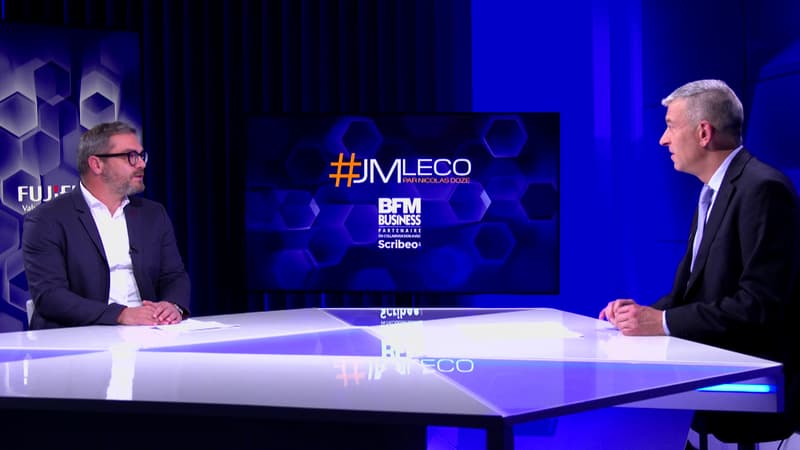Fujifilm aspires to be a major player in the medical sector. The company is already present internationally in the 3 areas of the medical sector.
· The preventive : Fujifilm develops hygiene and wellness products (beauty creams, functional foods, probiotics, etc.).
· Assistance with medical diagnosis.particularly in the radiology sector.
· The healing : Fujifilm is dedicated to stem cell technology and regenerative medicine. It also develops small surgical kits and drugs, for example an anti-retrovirus that was tested on a patient with the Ebola virus.
More particularly about the diagnostic aid industry, we observe a particularly interesting evolution. Historically, Fujifilm’s core business has been imaging, as the company was in photography. The company has diversified into many other activities, particularly in the IT professions (storage of radio images with reports and remote interpretation) or the PMA activity.
Fujifilm, a company in full transformation, has thus gone from photographic films to a company that wants half of its turnover by 2025 to come from the medical sector. Therefore, massive investments have been made in research and development. Au niveau croissance externe, de nombreux rachats sur les 7 or 8 dernières années ont également été réalisés (rachat de Medworks, société de consommables pour des procédures de gastroscopie ou d’Hitachi médical qui fait du scanner, MRI et échographie, et qui complètent notre product line).
It is no coincidence that Fujifilm’s motto is “value for innovation” ! Fujifilm has brought many innovations to the industry in the service of diagnostic radiography.
· Innovations at the hardware level: thanks to WiFi sensors and cassettes that are placed on the radiology table, the radiograph appears after 3 or 4 seconds directly on a PC. By analogy with photography, today it is no longer necessary to make tedious passages to the developer and fixer: the The development of x-rays is “totally digital”.
innovations at the level of artificial intelligence programs : Fujifilm has invested in start-ups that develop this type of software, which can interface and connect with our products. We find in this market software by pathology and by anatomical area. Doctors use this artificial intelligence X-ray diagnostic software to control their diagnosis.
AI software that optimize the dose of ionizing radiation received by the patient maintaining the same image quality. The dose of ionizing radiation is thus divided by 2.
The trend observed today in the private radiology sector in France is the same as that observed at the level of medical analysis laboratories 2 years ago. Whether in the public or private sector, there is a massive purchasesthrough buying groups that lead to a financialization of radiology.
In the private market, due to the aging population of radiologists, many pension funds are buying up radiology practices. Liberal activity is thus financialized. Membership of these buying groups allows you to be referred, but the reference does not guarantee the sale of your products.
Calls for bids no longer exist in the public market and 3 purchasing centers (UGA, UNIHA and RESAH) share the market, asking manufacturers to negotiate their products for the second time through public bidding.
Beyond innovation, Fujifilm wants to promote access to care for as many people as possible, thanks to solutions like inclusive MRI and breast cancer screening communication. To do this, Fujifilm has a letter of conduct for its customers.
Fujifilm also has a environmental charter which is based on:
· innovative devices that reduce electricity consumption (low power generators);
· Upgradable hardware (but supported over time to limit obsolescence), which can be easily upgraded to extend its useful life;
· A second-hand equipment renewal chain to avoid consumerism.
the plural pathways of care aim to build on current progress and expand coverage. They require a partnership between medical research actors, hospitals and city medicine to, for example, facilitate the maintenance of the elderly at home. These paths of care, built by the pathology, will gradually articulate towards paths of health adapted to each one.
Fujifilm’s vision of the medical sector is close to 4P medicine, theorized by an American biologist, Professor Leroy Hood, which is characterized by comprehensive care:
· predictive;
· Personalized;
· Preventive;
· Participatory: it thus offers an atmosphere and an environment adapted to pediatrics.
This content was produced with SCRIBEO. The BFMBUSINESS editorial team was not involved in the production of this content.
Source: BFM TV


